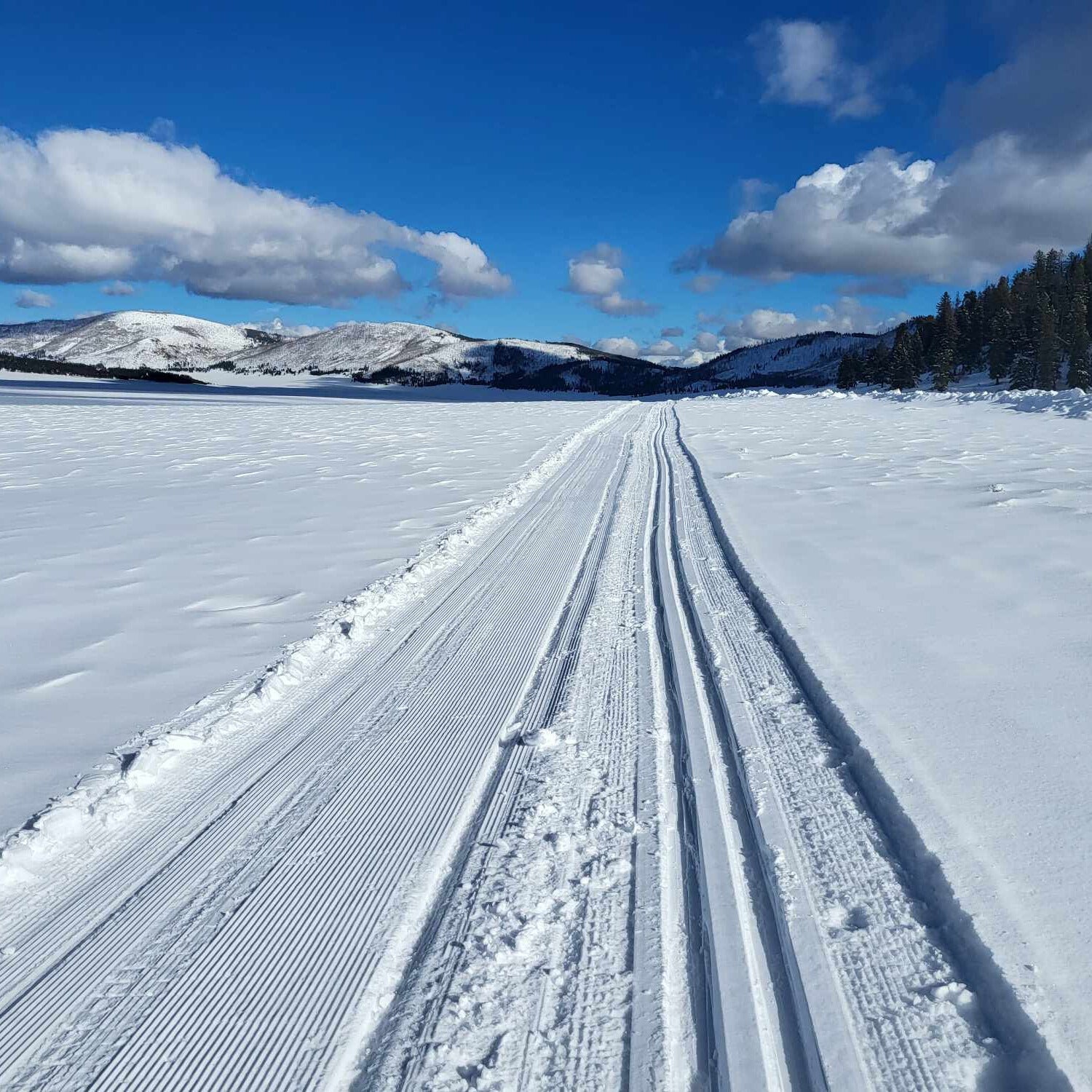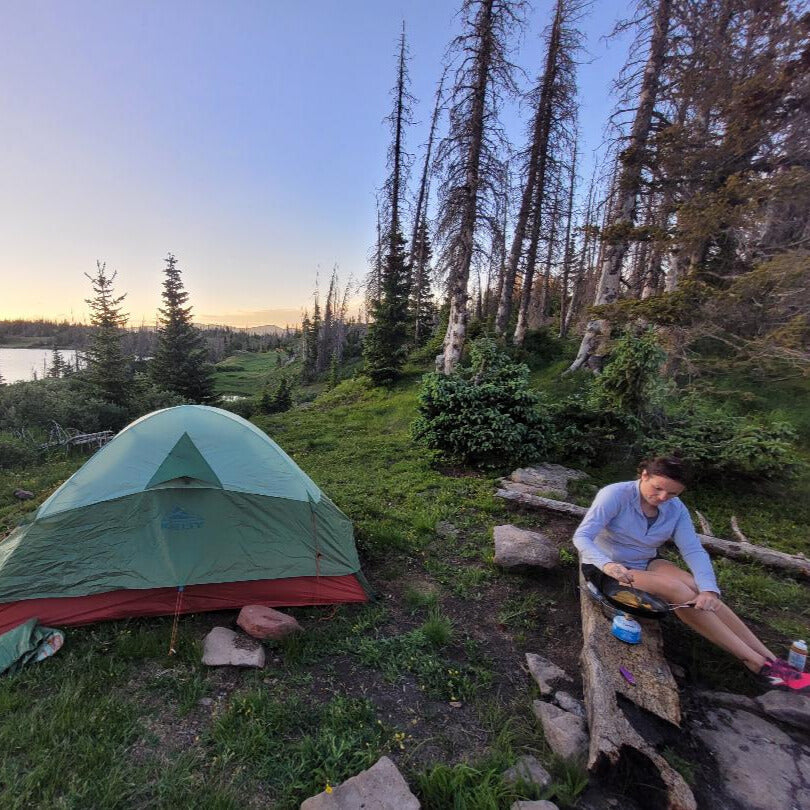Your Cart is Empty
accepting gear drop offs Mon-Sat 10am-5pm. No Consignment acceptance on Sundays.
accepting gear drop offs Mon-Sat 10am-5pm. No Consignment acceptance on Sundays.

In today’s society of fast fashion it is becoming seemingly more acceptable to use something a few times and throw it out. But, brands like Patagonia and sites like Posh Mark are trying to change the way we think about throwing things “away.” Here at Durango Outdoor Exchange, we feel passionate about reusing and reducing new consumption. Our shop’s model allows for gear to get a second life with a new owner and new adventures. What we also offer, is a wide array of repair and replenish products to help you keep your used gear looking and feeling good or give some tender loving care to the used gear bargains you’ll find while shopping here.
Nikwax offers a variety of technical cleansers for everything from your technical ski jacket to your down sleeping bag and even a sandal wash. Regular laundry detergent can strip the waterproof capabilities from your outdoor gear. Nikwax’s Tech wash effectively “cleans and revitalizes breathability and restores water repellency,” while the TX Direct can add back in water repellency that may have faded over time. Many products come as a wash-in or a spray and can extend the life of your gear for years to come. Visit the Nikwax website for a complete list of products and to learn more about each specific capability.
A pin hole in your favorite puffy can really put a damper on a good day and a hole in your tent’s rain fly is a solid bummer. We’ve carry a variety of Gear Aid patches and repair tape for just these types of needs. It’s easy to apply and works incredibly well. Don’t ever resort to duct taping your jackets again! Many of Gear Aid’s repair products are machine washable, durable and truly easy to apply, just peel and stick. They work on a variety of fabrics such as nylon, vinyl and rubber. I’ve fixed my bike seat and my snow pants with the Goretex fabric patches and both are still holding true.
Fixing your own used gear is a fantastic way to minimize your environmental impact, save your cash and help your gear last. We’re here to offer assistance and excitement for all of the above!

Thanksgiving is almost here–and skiing this early is always a gamble. Here are some non-skiing warm(er) weather destination ideas for the long break.

Just a couple hours from Durango, Valles Caldera is a great cross-country skiing destination, with surprisingly good snow and very few visitors.
Valles Caldera National Preserve is a popular hiking destination in the summer and a surprisingly great skiing destination in the winter.

When spending one night (or many) in the backcountry, a warm dinner at night and hot beverage in the morning can make the difference. That invariably involves using a stove of some sort–but which one?
Stove technology has been around for decades, but new tech is making them lighter, more efficient, and more dependable than ever before. Here’s a rundown of the different kinds of backpacking stoves: